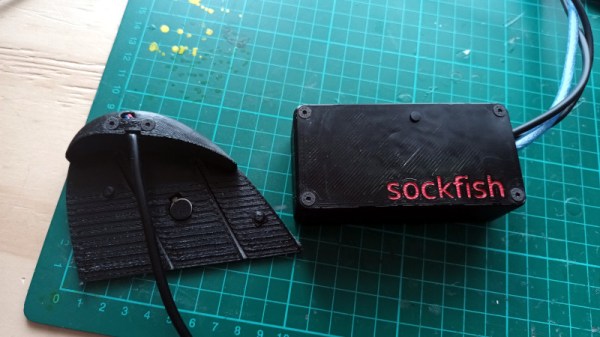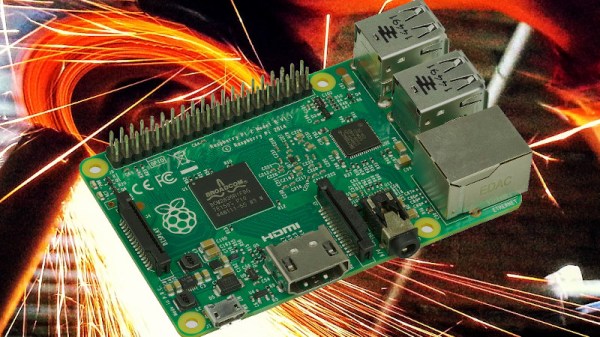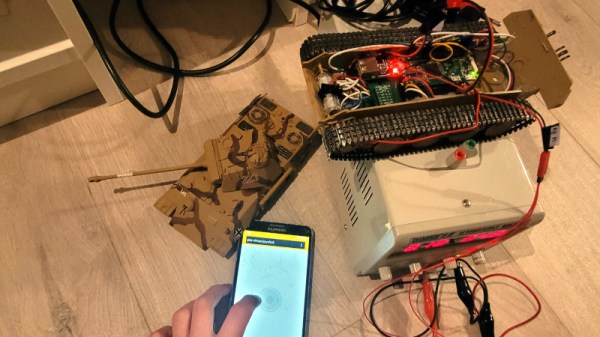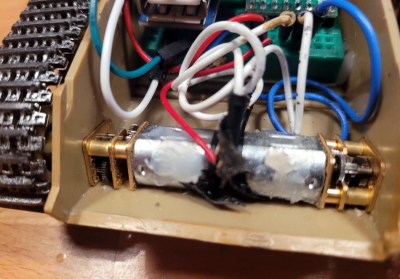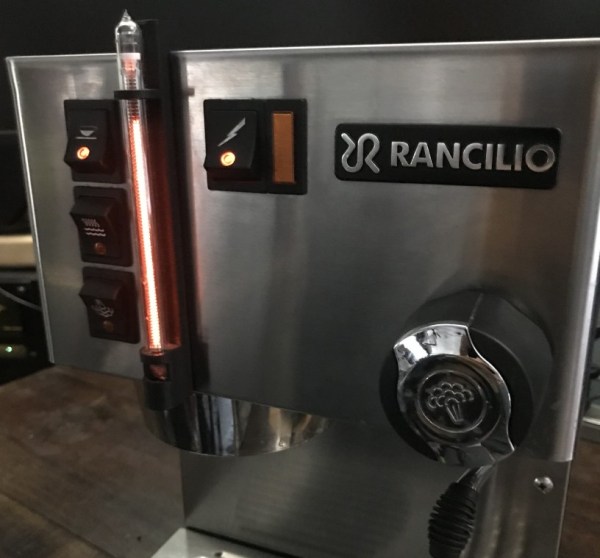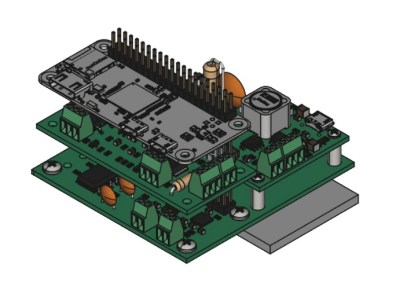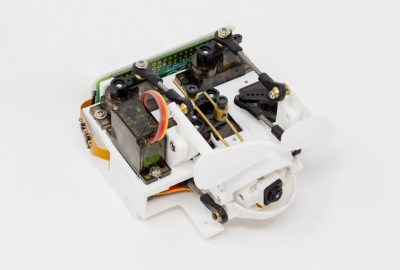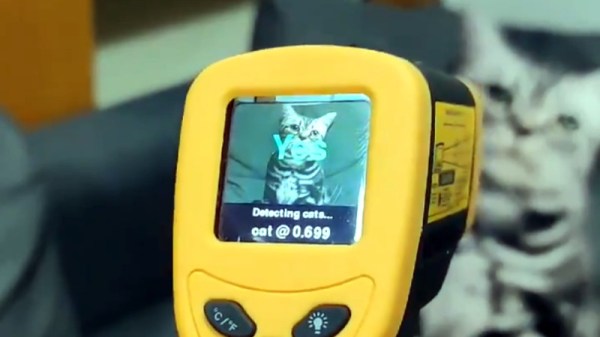[James Stanley] enjoys chess, isn’t terribly good at it, and has some dubious scruples. At least, that’s the setup for building Sockfish, a shoe-to-Pi interface to let you cheat at chess. We’re pretty sure only the first point is true, but the build is impressive all the same. It’s a pair of 3D printed shoe inserts, with two pressure-sensitive inputs on each insert, coupled with a vibration motor in each. Tap out your opponent’s moves during the game, and the Stockfish software will buzz instructions back to you. Just follow the instructions, and you too can be a chess master.
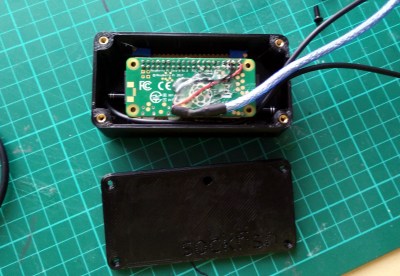 In practice things went a bit awry, as poking in encoded move data with one’s feet isn’t the easiest task, and discerning the subtle tickles on the toes is error-prone at best. [James] arranged a match against an unsuspecting friend (in the name of science), and managed to fat-finger (fat-toe?) the inputs on both games, leading to Sockfish instructing him to make illegal moves.
In practice things went a bit awry, as poking in encoded move data with one’s feet isn’t the easiest task, and discerning the subtle tickles on the toes is error-prone at best. [James] arranged a match against an unsuspecting friend (in the name of science), and managed to fat-finger (fat-toe?) the inputs on both games, leading to Sockfish instructing him to make illegal moves.
This seemed like too much cheating, even for [James], so he played the rest of each game on his own abilities, winning one of the two. Once the deed was done, our anti-hero gladly doffed his shoes to show off his gadgetry. After some debate, they concluded the device might “bring the game into disrepute” if used for greater evil. Naturally [James] is already working on an improved version.
Thanks to [Abe Tusk] for the tip!

